Cerebral Palsy Treatment in Gurgaon,Delhi
Welcome to our Young Bones Clinic
At our clinic, our experienced pediatric orthopedic surgeon in Gurgaon Dr. Ratnav Ratan has more than 13 years of experience in managing and treating the orthopedic effects of cerebral palsy observed in children depending upon the severity of the condition.
Children with mild symptoms do not need any extrinsic help. Children with severe conditions require lifelong care. Let us see the detailed information on cerebral palsy.
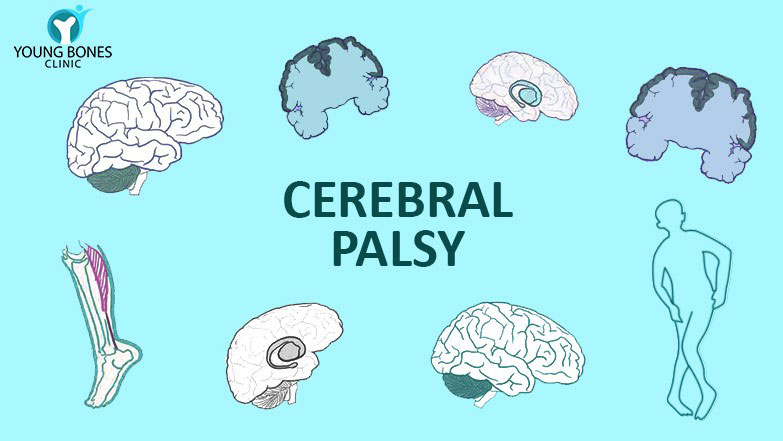
Cerebral palsy
It is one of the most common disabilities that manifest before, during, or immediately after a child’s birth. The word ‘cerebral’ means the brain, and ‘palsy’ means problems with muscles. It is an umbrella term for several brain issues that hinder a child’s muscle power or muscular growth due to damage to some parts of the brain.
Reasons for cerebral palsy:
Parents of a child suffering from cerebral palsy wish to know the underlying issues that lead to its occurrence. Remember, every child suffering from cerebral palsy displays a different symptom. However, some of the general or common reasons that lead to cerebral palsy are –
- Poor blood flow to the brain
- Head injury
- Brain injury
- Infections like meningitis or encephalitis
Types of cerebral palsy:
Depending upon the symptoms and the brain’s area affected, cerebral palsy is divided into four types:
- Spastic cerebral palsy
- Dyskinetic cerebral palsy
- Ataxic cerebral palsy
- Mixed cerebral palsy
Spastic cerebral palsy
Spastic cerebral palsy causes due to damage in the cortex. Happens to be the most common type and thus account for the majority of cases. People with spastic CP have an increased muscle tone that means that their muscles are very stiff due to which their movements are hinged and awkward. Spastic CP can be further divided into three based on the parts of the body they affect:
- Spastic Diplegia– It affects the lower half of the body, which is why this kind mostly affects the person’s walking style. In many cases, the hip muscles are so tight that they cause the leg muscles to pull together only to converge at the knees making a scissor-like shape, which is why it is known as scissoring.
- Spastic Hemiplegia– It affects only one side of the body. In such cases, the arm is more affected than the leg, so picking up objects becomes difficult for the person.
- Spastic Quadriplegia – It affects both the upper and lower limbs of the body. It is considered to be the most severe form of spastic CP. Anyone suffering from quadriplegia will not only have problems with muscles, but with the whole body like intellectual disabilities, seizures, problems with hearing, speech, and vision.
Dyskinetic cerebral palsy
Dyskinetic cerebral palsy causes due to the damage in the basal ganglia. It is the second most common type and includes many symptoms like dystonia (repetitive and twisting motions), athetosis (writhing movements), and chorea (unpredictable movements). The pace of movement for such people could either be slow or be very jerky and fast. In some situations, even the face and tongue are affected and can cause problems in eating, sucking, or talking.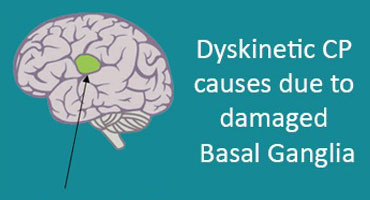
Ataxic cerebral palsy
Ataxic cerebral palsy correlates to the cerebrum part of the brain. It is the least common type and hinders the coordination of the person. A person suffering from this type of CP may have difficulty doing anything that requires coordination like walking, writing, or even doing sudden movements. In some cases, people also undergo tremors and vibrations that are hard to control.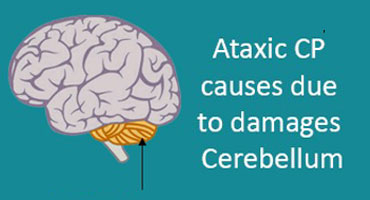
Mixed cerebral palsy
Mixed cerebral palsy is the combination of above- mentioned types. The patient may have a combination of symptoms of spastic cerebral palsy and/or dyskinetic cerebral palsy and/or ataxic cerebral palsy. It results from damage to many parts of the brain. Hence, symptoms include tremors and shaking, seizures, visual or hearing impairment, scoliosis, etc.
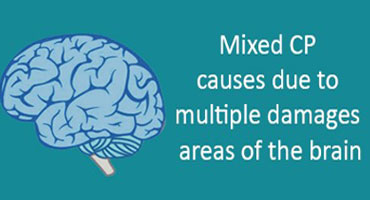
How is cerebral palsy diagnosed?
Self- Diagnosis:
One of the best ways to diagnose CP at the early stage is by keeping a note of your child’s muscle development and movements. Some things that one must notice are:- Motor skills- how is the child holding things and crawling
- Leaning on one side of the body
- Difficulty in standing even with support
- Limbs are stiff and do not have motion
- The child arches the back i.e. moves away from you whenever you pick him up
Clinical Diagnosis:
Tests:
There is no one particular predominant test for cerebral palsy. In fact, there are several tests that your child must undergo to find apt results. Some of the common ways of testing include:
– Brain scan – MRI and Cranial ultrasound
– Electroencephalogram (EEG) – Mostly used for children having seizures. This test records your child’s brain’s electric activity using a series of electrodes.
– Laboratory tests– Blood and urine test can help eliminate the possibilities of genetic or metabolic problems.
– Miscellaneous tests– To highlight which part of the body has been affected with CP, you might be referred to specialists who can help you diagnose the following:
- Vision
- Hearing
- Speech
Unfortunately, no test can detect cerebral palsy while the child is in the womb
What are the treatment options for cerebral palsy?
At Young Bones Clinic, Dr. Ratnav Ratan is a specialist in treating pediatric cases of cerebral palsy in and around Gurgaon. He aims to find a unique approach for each patient, ultimately improving their quality of life.
There is no treatment that can cure cerebral palsy fully. The treatment for cerebral palsy usually involves a multidisciplinary approach across several clinical specialties. The treatment aims to assist the development of the child with regards to the severity of cerebral palsy. Some of the standard treatment options are stated below:
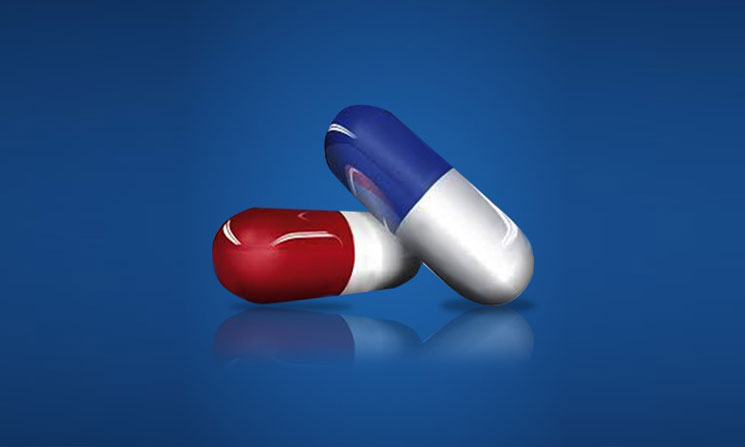
Medications
When we talk about medications, then we have the following ones:
- Anticonvulsants
- Anticholinergic
- Antacids
- Stool softeners/laxatives
- Sleep aids
The above medications can help in reducing spasms, seizures, along with other common symptoms.

Surgery
Sometimes the patient might require surgery like:
- Muscle release
- Tendon release
- Hip dislocation
- Scoliosis
Surgical intervention has turned out to be helpful for children in many cases. It can help with various issues like loosening tight muscles, straightening out bones that have been subject to abnormal muscle forces over time, and cutting certain nerves to reduce their associated movements or spasms.
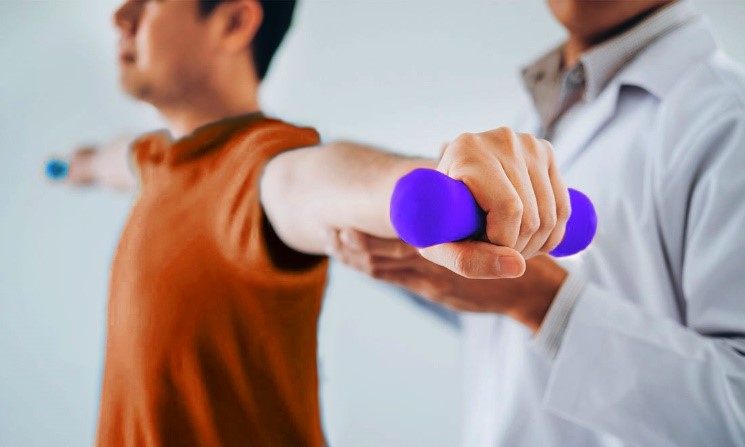
Therapies
Therapies related to the hobbies of the child always have a magical and positive impact on reducing impairment. Therapies which are proved effective are:
- Aqua
- Music
- Behavioral
- Physical
- Bowel

Non-archaic treatment methods
Non- archaic treatment methods such as Botox and plasters have also become common in treating CP. Injecting Botulinum toxin, aka Botox, can help reduce the muscle tone and promote better muscle functions in the limb.
Applying plasters to children can help stop the extension synergy of the lower limb, which can normalize the muscle tension.
Cerebral Palsy and life expectancy
A common statement attached to cerebral palsy is that it affects the life expectancy of the child. Nevertheless, this statement is untrue. Many children diagnosed with CP happen to have the same life expectancy as any other human being.
While cerebral palsy does not hamper the life expectancy, you must give your child the best medical support and therapy for his/her betterment. Many problems related to CP can lead to infections or diseases, which can be life-threatening.
We hope you understood the reasons, symptoms, diagnosis, and treatment options about cerebral palsy.
If you have any more questions, please feel free to reach out to us on youngbonesclinic@gmail.com.




